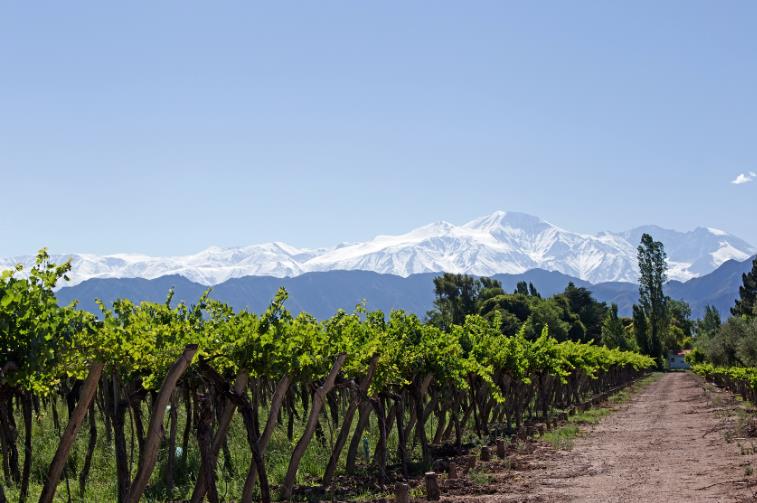
The wine world can be split into two areas: Old World and New World. Yes, these names are not perfect and derive from a time in history when Europe was seen as the centre of the world, so Europeans christened the countries that they found as “the new world”. With grape-production well established in Europe and parts of Asia, the vineyards established in the Americas, Africa, and Oceana became known as the New World.
European varieties grown in the New World
Unlike in Europe, there are only a few native grape varieties perfect for winemaking found in the countries classified as the New World. And since humans have been selecting grape varieties based on their yields, characteristics, and suitability to a certain climate for centuries, colonialists took many of their European varieties with them as they took over countries.
Nowadays, some of these varieties are more famous for creating excellent wines in their adoptive homes than their original ones. Take Malbec, for example. It’s found a place where it excels in Argentina, while wines from its European home in Cahors are not as widely known. As we take a look at the countries cited in this article, we’ll also discuss the grape varieties that call them their home.
Wines from the United States of America
Winemaking in the USA has an interesting history. The States are home to native varieties, but European settlers still tried to plant their varieties which didn’t take well to the East Coast temperatures or the presence of phylloxera in the soil. The insect would slowly kill the European vitis vinifera, while the local vitis lambrusca was resistant to phylloxera.
Prohibition in the 1920s also didn’t help the wine trade stateside and it wasn’t until the 1960s when pioneering figures like Robert Mondavi emerged that American viticulture really took off. European varieties were finally able to survive there too thanks to grafting its vines onto American rootstocks and that is why you can find American wines made from Cabernet Sauvignon, Merlot and Zinfandel (or Primitivo as it’s called in its native Italy) today. The Judgement of Paris in 1976 firmly placed the USA on the global winemaking map.
AVAs
American winemaking regions are split into AVAs (American Viticultural Area). They are most similar to the European Protected Geographical Indication as only 75% of the grapes in a bottle must come from the area written on the label.
California
90% of the wine produced in the United States comes from California with Sonoma Valley and Napa Valley making up two large regions. These two regions sprung up around two rivers which run parallel to each other an both empty out into the San Pablo Bay, the bay area around San Francisco.
Sonoma Valley
In Sonoma Valley, you can find Chardonnay (in the cooler vineyards) and Sauvignon Blanc for the white wines. When it comes to red wine production, Pinot Noir is popular followed by Merlot, Cabernet Sauvignon and Zinfandel. The Pinot Noir form this region is deeper and richer than those from Oregon. Domaine Marcassin creates wonderful Chardonnays and Pinot Noirs here.
Napa Valley
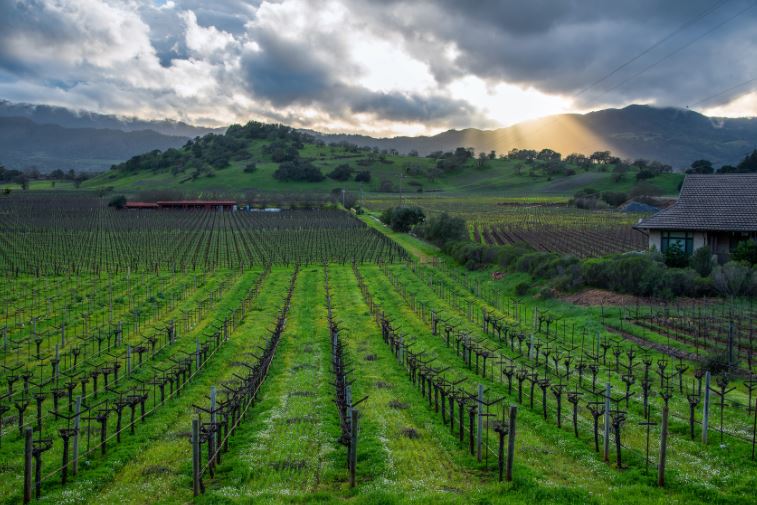
Napa Valley is a brilliant place to grow Bordeaux varieties, especially Cabernet Sauvignon. Producers choose between using French or American oak; the latter imparts coconut flavours to the wine. Some of the best producers in the area include the cult Screaming Eagle, Grown Bryant Winery, Spottswoode, Abreu, and the wines from Robert Mondavi not forgetting Opus One (the brainchild of Rothschild and Mondavi).
Zinfandel is also planted along with a small amount of white varieties such as Chardonnay and Sauvignon Blanc. The climate is warm but cooled by air from the San Pablo Bay. Irrigation is also permitted here.
Oregon
Vines in Oregon grow on the 45th parallel just as the ones in Bordeaux and the Northern Rhône do. The region is made up of 10,000 hectares, making it a similar size to Beaujolais and it’s here that you’ll find the finest Pinot Noirs in the USA. When it comes to white wines, Pinot Gris really likes it on this part of the Pacific Northwest.
Speaking of which, it’s worth checking out the Rieslings produced in Washington State!
Wines from Chile
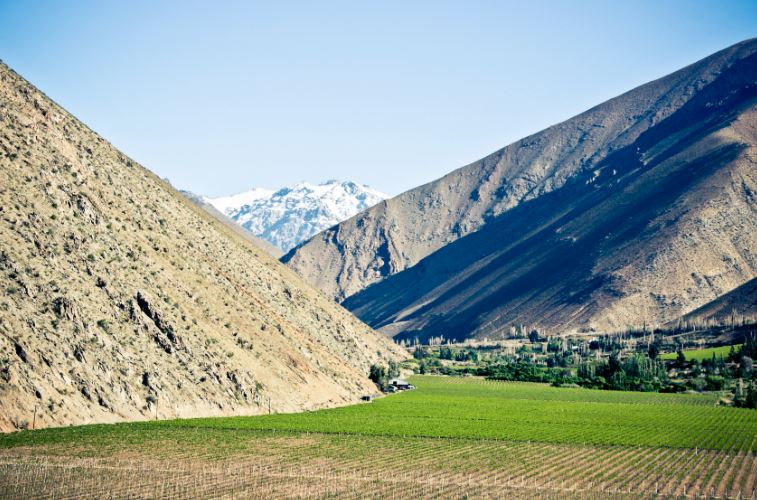
While colonialists in the USA failed to introduce vitis vinifera successfully, the conquistadors succeeded. Even today, Chile is one of the only wine-producing countries in the world not to be affected by phylloxera. The vines tend to be located around the centre of the country between Santiago in the north and the Maule region in the south. Cabernet Sauvignon gives some excellent results here and makes up a third of all grape vines planted in the country but it’s Carmenère that really stands out in Chile. This Bordeaux variety shines in its adoptive home. Other varieties that can be found in Chile include Merlot, Chardonnay and Sauvignon Blanc, Gris and even Vert. A producer to keep an eye on is Almaviva.
Wines from Argentina
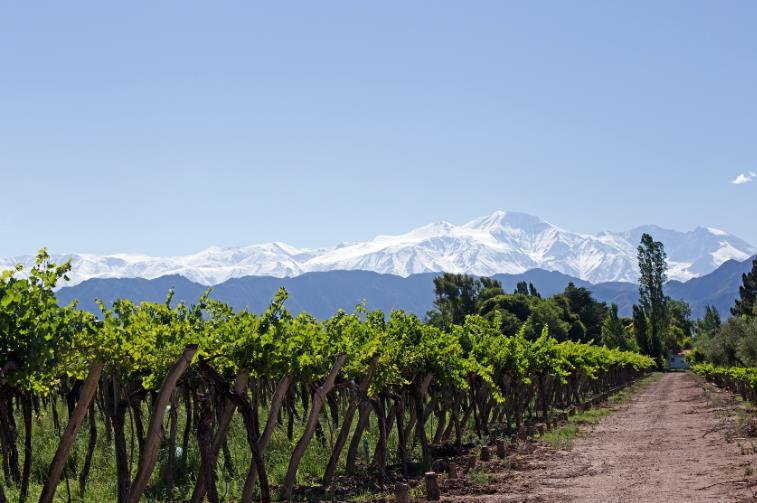
Th vines in this vast country sit opposite their Chilian counterparts, separated by the Andes. It’s the melting snow from them that provides the vines with the water they need in this dry climate where it hardly ever rains in summer. Malbec is the major variety in the country where it grows alongside Cabernet Sauvignon, Cabernet Franc, Carmenère, Merlot and even Tempranillo. Malbec produces well-structured, high-in-alcohol wines that are balanced by significant acidity. Leading aromas tend to be blackcurrant and blackberry, often jammy or cooked. The varieties used to produce white wines include Pédro Gimenez (not to be confused with Pédro Ximenez used in sherry production) as well as Chardonnay, Viognier, Chenin Blanc and Sauvignon Blanc.
Wines from South Africa
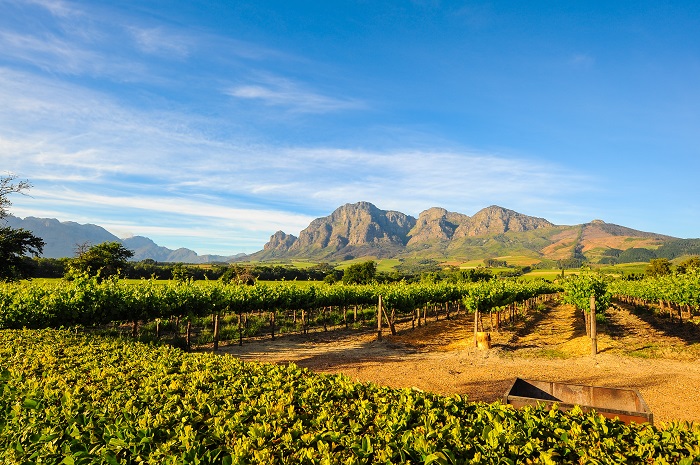
Even though winemaking has a long history in this country, it was heavily impacted by the embargo put in place during the years of Apartheid. Since the mid-1990s, wines from the country have refound their global stardom.
Most of South Africa’s wines can be found on the Cape and the Western Cape, in particular. This region receives significant rainfall, and the grapes enjoy a long ripening period in its temperate climate. 55% of the country’s production is white wine, generally made from Steen, the local name for Chenin Blanc. Sweet wines like that of Klein Constantia can be made from Muscat à Petit Grains or Muscat d’Alexandrie. They are being joined now by small amounts of Sauvignon Blanc, Riesling and Chardonnay.
Stellenbosch is renowned for its excellent reds. Cabernet Sauvignon reigns supreme here, where it is joined by Shiraz and Pinotage, a locally created hybrid of Pinot Noir and Cinsault.
Wines from Australia
Australia is a vast country with several wine regions. Here, the first European vines did not meet the same problems as they did in Northern America. After surviving the journey to the other side of the world, they put down their roots and have been their ever since. Most of the vines can be found in the south of the continent in places like New South Wales, Victoria and Tasmania.
South Australia
50% of Australian wine production can be found here in this region that has never fallen victim to phylloxera. Some of the most beautiful wines come from Barossa Valley, Eden Valley and McLaren Valley. Shiraz is the main variety is McLaren Valley which has a climate that’s very similar to the one found in the Mediterranean.
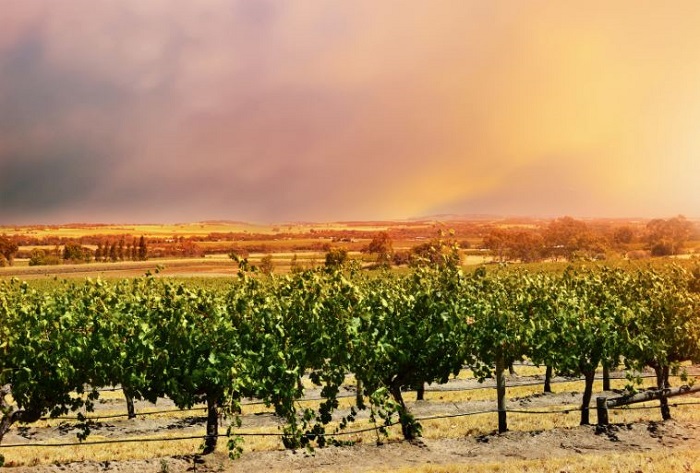
Western Australia
Only 3% of the countries wines comes from the west of the country, but boy, does it make a name for itself. Margret River produces super Cabernet Sauvignon which are often blended with Merlot. The region is often compared to Bordeaux (especially when it’s been a hot year in the French region). When it comes to white wine, Semillon and Sauvignon Blanc have replaced the Chardonnay found elsewhere in the country and they go on to produce wines similar to those crafted in Graves.
Wines from New Zealand
Vines in New Zealand grow on both the North and South Islands. Viticulture arrived here in the 19th century, but phylloxera gripped the nation. That is why American vines were preferred over European ones. The 20th century saw more hardship for viticulture there and an agricultural crisis in the 1970s resulted in restructuring.
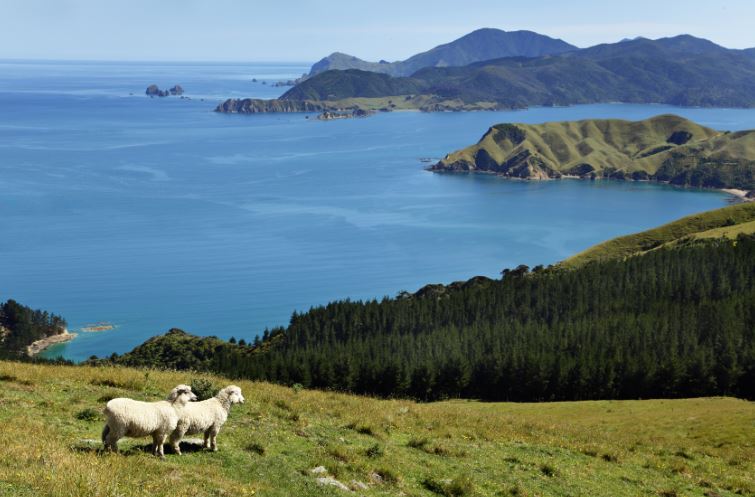
South Island
Marlborough is the leading region on New Zealand and produces more than half of its grapes. Located in the north of the South Island, it is a paradise for Sauvignon Blanc which likes the cool climate. Central Otago is another region on the island and it sees vast temperature differences, with cold winters and warm summers. Here, Pinot Noir has found its southern hemisphere home.
North Island
Hawke’s Bay is the warmest and sunniest region in the country, but it lies in second in terms of the number of vines it cultivates. The vast differences in terroir are one of the reasons why people are drawn to its wines as well as its beautiful Shiraz and Bordeaux blends (generally made from Merlot and Cabernet Sauvignon).



